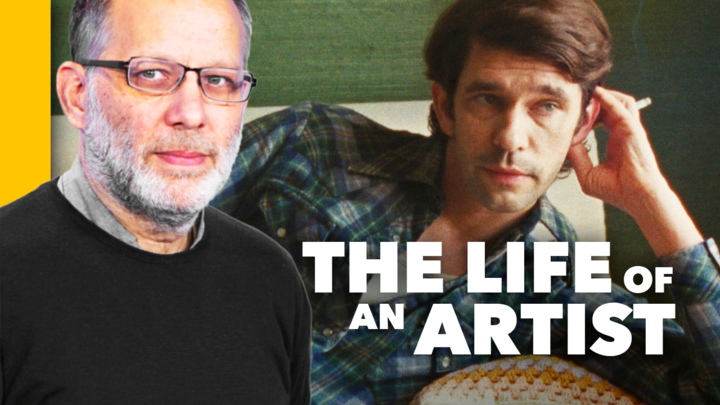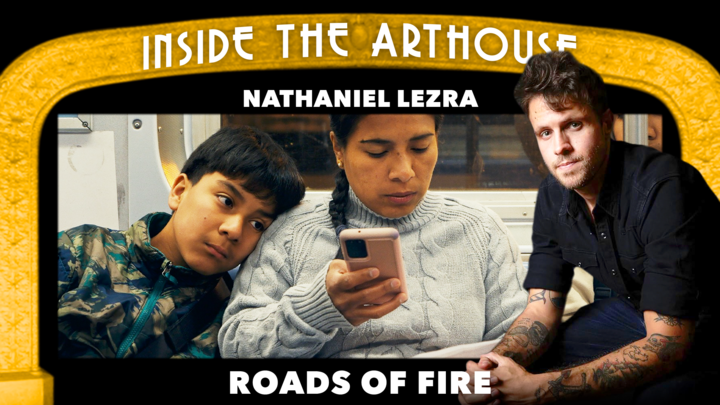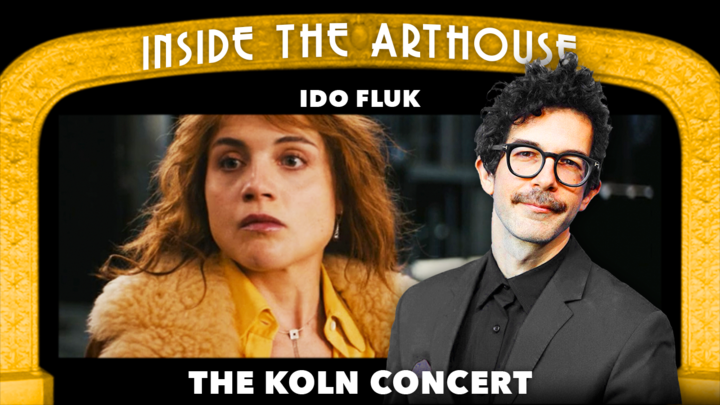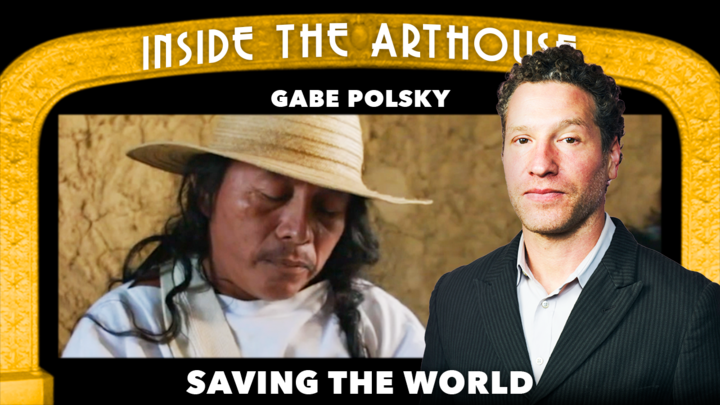
$7,000 might buy you a used car—but in Hollywood, it barely covers a single day of craft services on a studio film set.
But in the world of microbudget filmmaking, $7K became the entire production budget for filmmakers Joe Burke and Oliver Cooper, who used that tiny sum to create a full-length, truly independent feature film.
With a small crew, non-professional actors, shooting quickly, with a raw, natural shooting style, they crafted BURT— a miracle of sweetness and depth— a film that captures the spirit of classic indie cinema, echoing the charm of mumblecore pioneers like Andrew Bujalski, Greta Gerwig, and the Duplass Brothers.
Having wowed audiences at numerous film festivals, Joe and Oliver are channeling the Cassavetes playbook—and releasing BURT themselves into theaters.
On this episode of Inside the Arthouse, we wanted to talk to them about the inspiration for the film, their creative process, how they pulled off a feature on a shoestring budget, and the strategy behind bringing an independent film directly to audiences.
BURT is a small gem of a film, and Joe and Oliver are great examples of the indie spirit.
So if you’re dreaming of selling your car to make a movie—or want to learn how authentic independent films get made—you’ll want to start this episode right now… on Inside the Arthouse.








